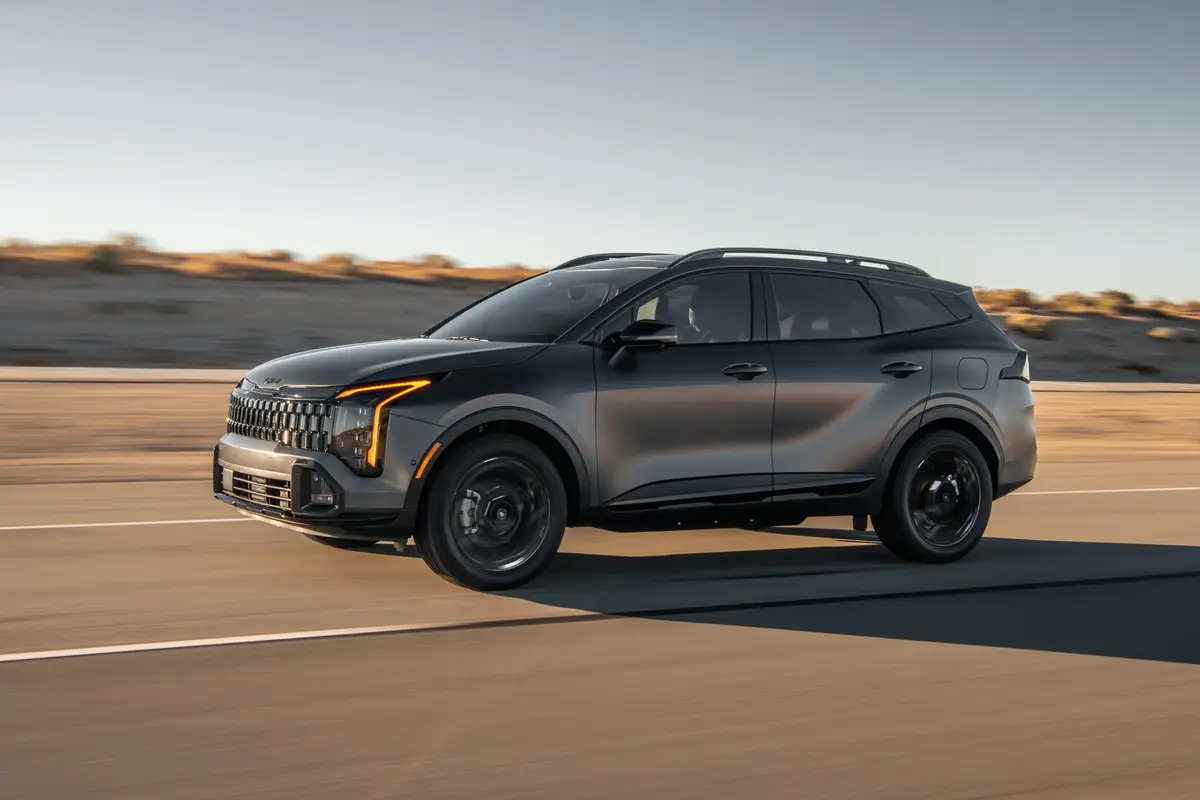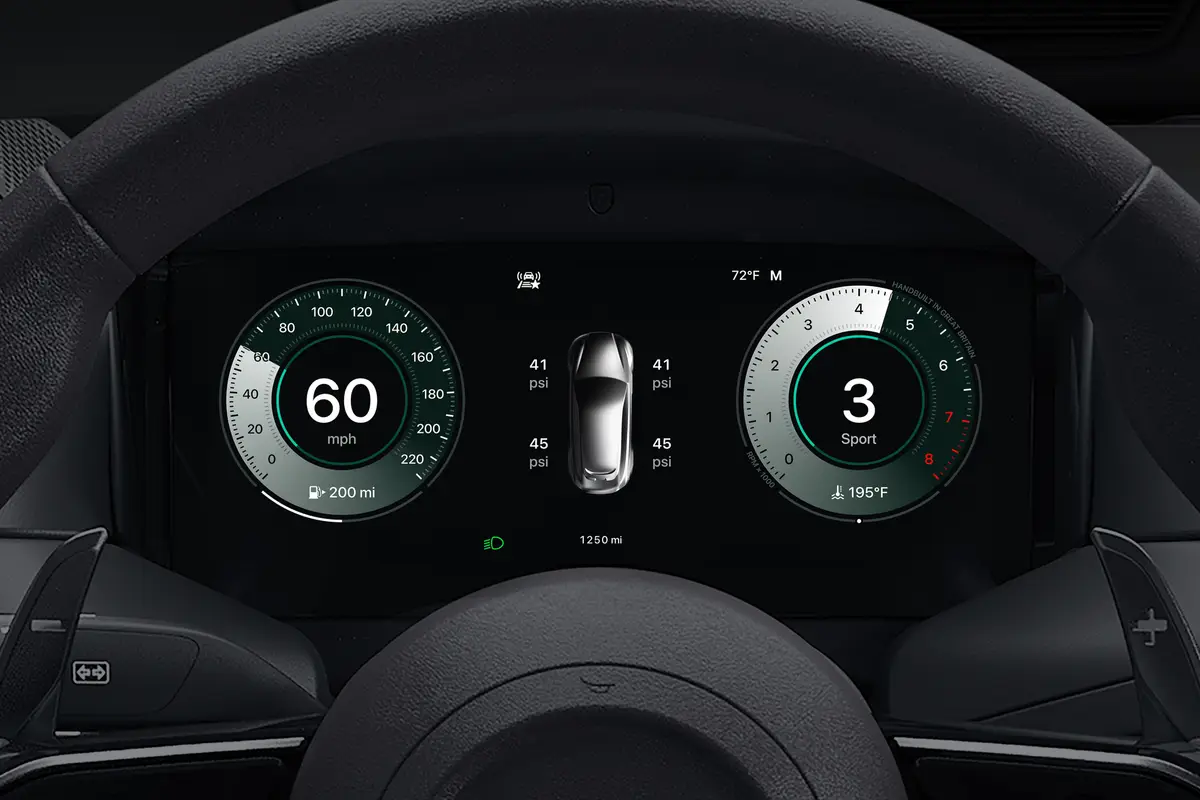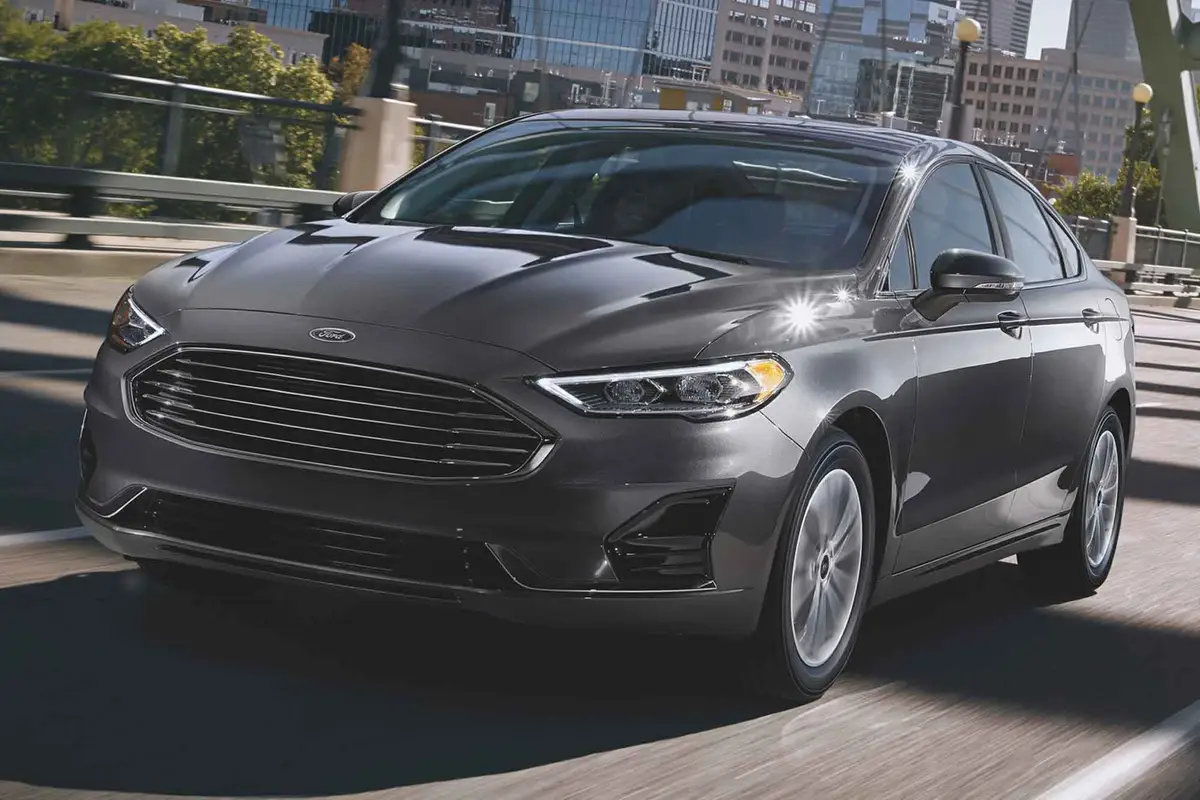washingtonpost.com's view
At times along Interstate 8, running east of this city, you realize that horsepower is an illusion. The more of it you have, the more you think you’re in control. But the truth is that you’re in control of nothing, not even the illusion.
Traffic thickens. Movement slows. If someone ahead of you crashes, you’re going nowhere. If the Southern California sun assaults your windshield, turns your driver’s side sun visor into a useless vehicular appendage and fries the vision of your fellow motorists, you’re going nowhere.
And even on those rare occasions when the road is empty and the weather is fair and the sun is just right, horsepower can become your worst enemy. On clear days, the California Highway Patrol can see forever – from helicopters above and from motorcycles and cruisers below; and the members of that vaunted force delight in stopping fancy cars that have more horsepower than their drivers have common sense.
So, it was with bemusement recently that I listened to talk among fellow automotive journalists who were in town for the North American launch of the 2005 Volkswagen Jetta 2.5 sedan. Many of us had come two days earlier to drive the new 6-liter, 12-cylinder, $177,000 Aston Martin DB9 coupe. That was a glorious experience, replete with a few Peter Pan moments where we were allowed to zoom. But it was a dream, a thrill, something to have fun doing and writing about. Nothing more.
The world for most of us is more Volkswagen than Aston Martin. It’s more congested highways than it is a few side roads especially selected for play with someone else’s expensive toys. But illusions are seductive.
“Argghh!” declared a journalist, smitten by time spent in Porsches, BMWs, Aston Martins and a Ferrari or two. “This car is a dog!” she said of the 150-horsepower Jetta 2.5. “I had the pedal all the way down. I felt like I had to push it to make it move.”
Her statement surprised me. But I was shocked more by the chorus of agreement her comments engendered. “Yeah, it’s soft,” said a fellow journalist. “Just an ordinary car,” said a second. “Not too much under that hood, but that chromed front end looks nice,” said a third.
I wondered if I had missed something. I worried that I had become too soft and uncritical. I was racked by misgivings until I re-entered Interstate 8 at the beginning of an evening traffic jam. There was an epiphany: On that road at that time, in a practically identical circumstance two days earlier, I didn’t drive the 450-horsepower Aston Martin DB9 any faster than I was driving the 150-horsepower Volkswagen Jetta 2.5. I couldn’t. There was no room to move.
Given that reality, it made more sense to sit in a well-constructed, comfortable, safe, fuel-efficient car at about $21,000 than it did to be behind the wheel of a high-powered, $177,000 luxury coupe that wasn’t going anywhere either.
But my critical peers were right about one thing: The Jetta 2.5 proved to be a dog – but one that ran like a greyhound. It could scamper when it had to. It moved swiftly, confidently in lane changes when such opportunities arose. Its engine lacked the auditory gusto of a muscle car; and the tires on its standard 16-inch-diameter wheels did not hug the road with the passion of wider, more adhesive performance car rubber. But it got me from one place to another in decent style at a price that could save me enough money to take a trip to someplace I really want to go.
Thus, I see the Jetta 2.5 as a worthy, front-wheel-drive, everyday family driver. It is longer, wider and taller than predecessor models, which means it is more accommodating of legs, elbows and heads. All of those are good things, which are complemented by a commodious trunk – 16 cubic feet, 10 more cubic feet than are found in an Aston Martin DB9 or similarly exotic sports cars.
Of course, these are apple-and-orange comparisons – not at all meant for a direct one-on-one matchup between an accessible commuter car and a rare luxury mobile that is the land equivalent of a corporate jet. The purpose here is to try to put things into perspective, to debunk the notion that a car necessarily is better because it moves from 0 to 60 miles per hour in 4.7 seconds, which is the case for the DB9, vs. 0 to 60 in 9.1 seconds for the Jetta 2.5.
Reality has a way of rendering such distinctions meaningless. All it takes is a few traffic tie-ups in which miles per hour are reduced to a mile per hour, if that; or a blinking police light – in which case your best defense is not to brag about your car’s horsepower, or its potential speed.
Latest news



